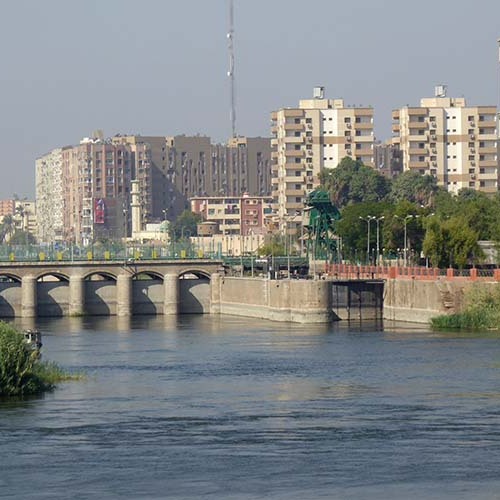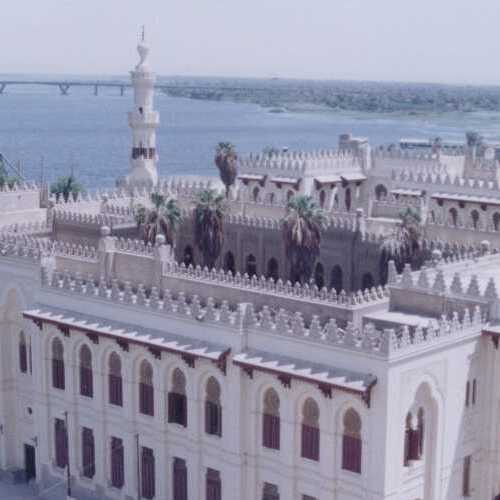No other nation in the world says ‘Welcome’ as often as the Egyptians, and every time, they mean it. While the ancient civilization of Egypt continues to amaze, contemporary Egyptians are equally remarkable.
The Necropolis of Meir
About the Necropolis of Meir
The Necropolis of Meir, situated near the modern town of El-Qusiya, approximately 50 km northwest of Asyut, holds significant historical and archaeological value. Historically linked with the ancient city of Qis, Meir served as the burial ground for the nomarchs—the provincial rulers of the region—during Egypt’s Old and Middle Kingdom periods. This necropolis offers invaluable insights into the lives and customs of Egypt’s regional elite and their families.
Key Features of the Necropolis of Meir
Location and Historical Significance
Meir was the necropolis associated with Qis, the capital of the 14th Upper Egyptian nome, containing tombs dating primarily from the Sixth and Twelfth Dynasties.
Archaeological Research
Initial excavations and studies were conducted by Aylward Blackman and Sayed Pasha Kabasha in the early 20th century. The tombs are renowned for their vivid, naturalistic wall paintings depicting scenes of daily life, local customs, and religious practices.
Notable Tombs
Tomb of Niankh-hpepy (Meir A-1)
Belonging to Niankh-hpepy, also known as “Hepi the Black,” Chancellor to Pharaoh Pepi I of Dynasty VI, this tomb features detailed reliefs illustrating both everyday life and religious rituals.
Tomb of Pepyankh (Meir A-2)
This tomb belonged to Pepyankh, the son of Niankh-hpepy. It includes notable depictions of various crafts and harvesting scenes. Particularly remarkable is a palanquin procession scene showing Pepyankh accompanied by his pet dog and monkey.
Tomb of Senbi (Meir B-1)
Dating from Dynasty XII, Senbi’s tomb showcases well-preserved depictions of hunting, offerings, and various manufacturing processes.
Tombs of Ukhhotep (Meir B-2 and B-4)
These tombs, each belonging to individuals named Ukhhotep, illustrate the lifestyles and official responsibilities of provincial governors. Prominent scenes include hunting activities, vivid wildlife portrayals, and intimate family portraits.
Restoration and Accessibility
Restoration efforts commenced in 1997, focusing on preserving the vibrant colours and structural integrity of the tomb reliefs. Currently, nine of the originally planned seventeen tombs are open for visitor exploration.
Visitor facilities, including stairways, a café, and restrooms, have been established to enhance tourist convenience.
Artifacts and Displays
Some artifacts originally taken abroad, including a limestone statue of Pepyankh, have been repatriated to Egypt and are now exhibited at the Mallawi Museum.
Cultural and Historical Insights
The tombs at Meir offer profound insights into the socio-political structures, daily practices, religious beliefs, and artistic conventions prevalent among the ancient provincial elite during the Old and Middle Kingdom periods.
Conclusion
The Necropolis of Meir stands as a testament to the richness and complexity of ancient Egyptian history. Its remarkably preserved tombs provide an exceptional glimpse into the lives of Egypt’s provincial rulers, making Meir a compelling destination for historians, archaeologists, and tourists seeking to understand Egypt’s fascinating past.
Created On March 18, 2020
Updated On March , 2025
Asyut Travel Guide



